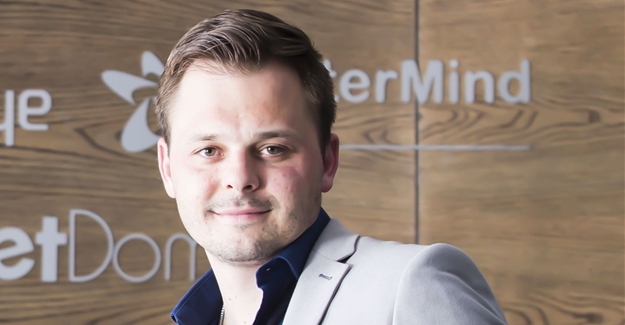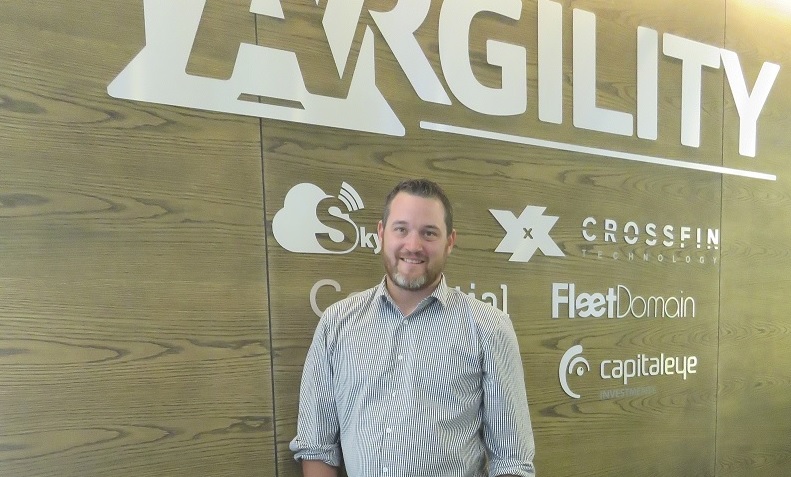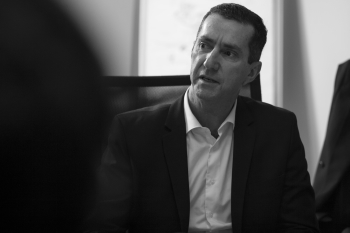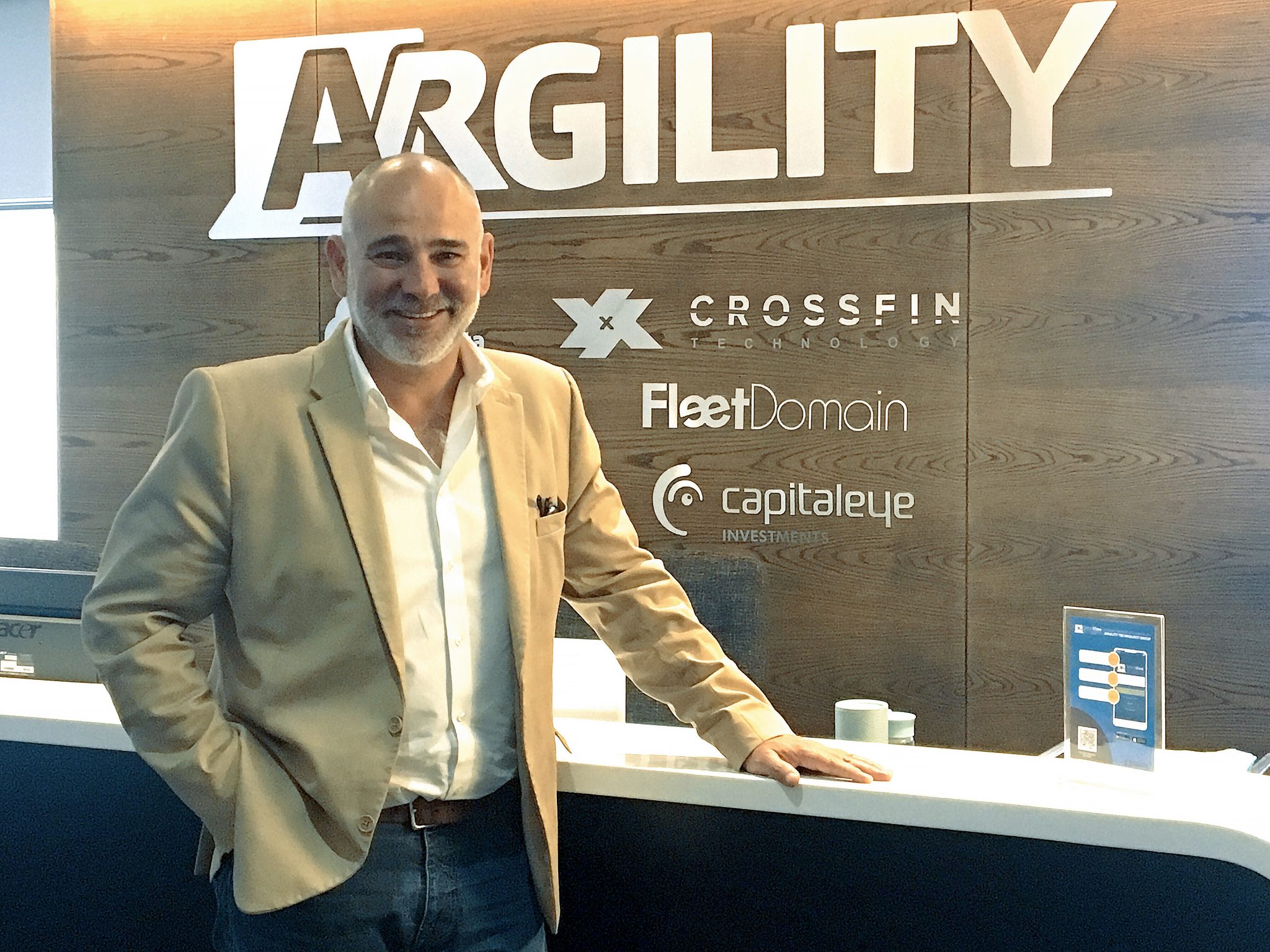
Argility targets retail business solutions development with new appointment
Argility, a member of the Argility Technology Group – a South African leader in enterprise software solutions innovations for the retail and supply chain industries – has announced the appointment of a Retail Solutions Consultant, Stefan Terblanche, with specific focus on the retail market.
Terblanche brings almost 30 years’ experience in the South African retail sector to the position. He attended business and management courses at the University of Stellenbosch Business School, where he completed the management development, the senior management development and the executive development programmes. He also attended courses at the Peninsula University of Technology Management.
In his career, he has worked in senior operational roles in some of SA’s largest retail organisations, where he was able to make significant contributions to the retailers’ leap into technology as business enabler.
His experience includes IT executive at a 1 000-strong store-based retailer, where he was tasked with the integration and conversion of the corporate group into a single retail management system.
As a Business Intelligence (BI) Executive, Terblanche established a Centre of Excellence and Enterprise Data Warehouse for a major South African retail enterprise.
Tanya Long, Chief Operating Officer of the Argility Technology Group, says the appointment forms a significant part of the group’s strategic focus on the retail sector – where it has been the market leader in technology innovation for almost four decades.
“Argility’s origins trace back over an almost 40-year period as a leading software solutions supplier to the retail sector. We are approaching our core market arena with renewed vigour and focus; augmented by a wealth of home-grown, globally competitive technology solutions and services. We created this role with the strategic goal of acquiring an exec with the requisite experience and knowledge to support our growth plans in the sector. In the appointment of Stefan, we have definitely acquired exactly what is needed for the role,” says Long.
Terblanche notes that as the Retail Solutions Consultant, he will be responsible for prospective and key customer engagements as well as unlocking business and commercial value for Argility plus the customer.
“Argility has a solid set of relevant and trusted retail solutions in its stable that speaks to the holistic retail ecosystem. Our credo of digitally transforming retail and supply chain using intelligent software, data science through artificial intelligence (AI) and the Internet of things (IOT) is aligned to customer expectations in a digital world of hyper-personalisation, convenience, trust, recognition and value. We strive to become an extension of our customers’ business by providing innovative and trusted solutions,” concludes Terblanche.
Source: IT Web



 Tanya has 30 years industry experience and is currently the Chief Operating Officer of the Argility Technology Group.
Tanya has 30 years industry experience and is currently the Chief Operating Officer of the Argility Technology Group.
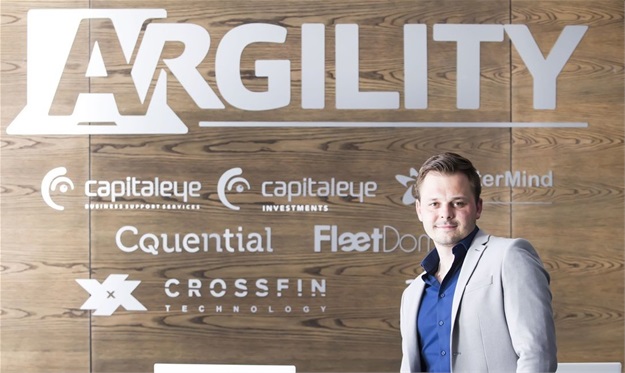



 Could you tell us a bit about Argility?
Could you tell us a bit about Argility?
